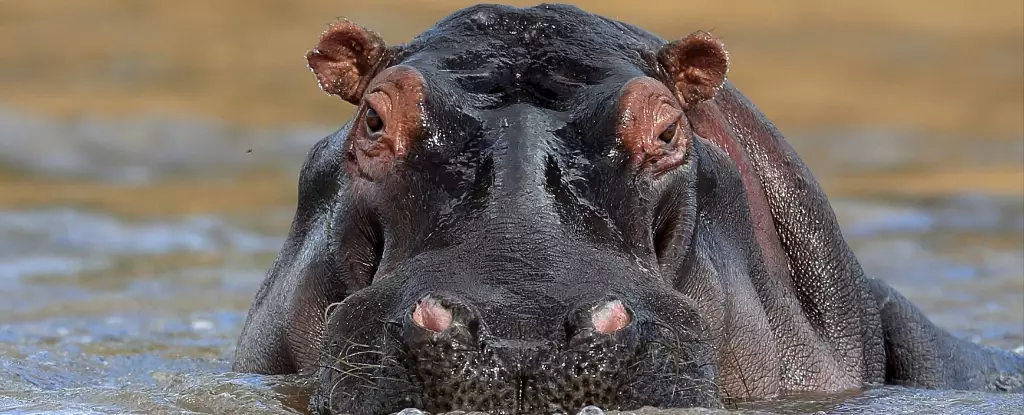In a harrowing turn of events, the majestic hippos of Virunga National Park have become the latest victims of a devastating anthrax outbreak, claiming approximately 50 lives. Situated in the heart of the Democratic Republic of Congo’s conflict-ridden eastern region, this park—Africa’s oldest national park—has always been a sanctuary for some of the continent’s most endangered species. However, the spread of Bacillus anthracis, the bacterium responsible for anthrax, underscores a troubling reality: even in a haven like Virunga, the delicate balance of wildlife conservation is increasingly threatened by ancient pathogens lurking undetected in the soil.
The Strain of a Legacy
Anthrax is not a new enemy; it has haunted wildlife and humans alike for centuries. The bacterium’s spores can lie dormant in the soil, waiting for the right conditions to wreak havoc. The unfortunate hippos, discovered floating in the rivers south of Lake Edward, signify not just a tragic loss of life, but a glaring reminder of how little we understand about the relationship between zoonotic diseases and wildlife conservation. While the Congolese Institute for Nature Conservation (ICCN) has taken preventive measures, urging locals to abstain from bushmeat consumption, these measures feel inadequate in the face of an ancient affliction. The question arises: are we prepared to tackle the consequences of our own failures in the stewardship of these natural environments?
A Broader Environmental Crisis
Virunga is not only a cherished sanctuary for wildlife but also a microcosm of broader environmental challenges affecting the region. With relentless conflicts destabilizing the area for over 30 years, the importance of preserving such habitats can easily be overlooked in the pursuit of immediate human needs. The hippo deaths are emblematic of a system under duress, struggling to cope with the compounded pressures of environmental degradation, poaching, and now, the specter of disease. Each hippo lost is a step toward a larger ecological imbalance—where the ripple effects can lead to even more dire consequences for both wildlife and local people.
Humans at Risk and Responsibility
Though predominantly affecting wildlife, the anthrax outbreak highlights a significant risk to human health. Eager to dismiss the gravity of zoonotic diseases, society must confront the reality that our encroachment into natural habitats and our interactions with wildlife make us vulnerable. The ICCN’s warnings are not mere formalities; they reflect an urgent call for awareness and action. As the specter of anthrax looms ever larger, it begs the question: How much responsibility do we bear for the health of natural ecosystems and the consequences that befall them?
Redefining Conservation in the Face of Crisis
The tragedy of the hippos in Virunga serves as a stark reminder that conservation cannot simply be about appreciating wildlife; it must also encompass a deeper understanding of the microbiological and ecological challenges at play. We must foster a meaningful dialogue around bolstering wildlife health and addressing the realities of climate change and human intervention. While the loss of these remarkable animals is heartrending, it must catalyze a renewed commitment to safeguarding not only the species we cherish but also the environmental conditions that ensure their survival for generations to come.


Leave a Reply